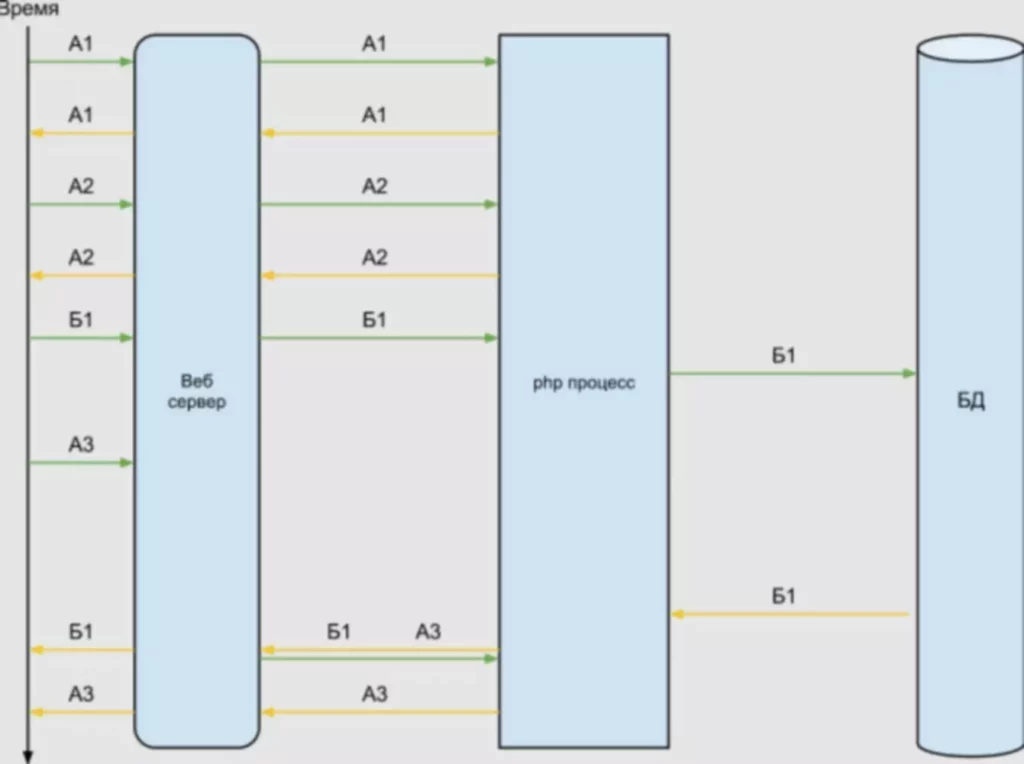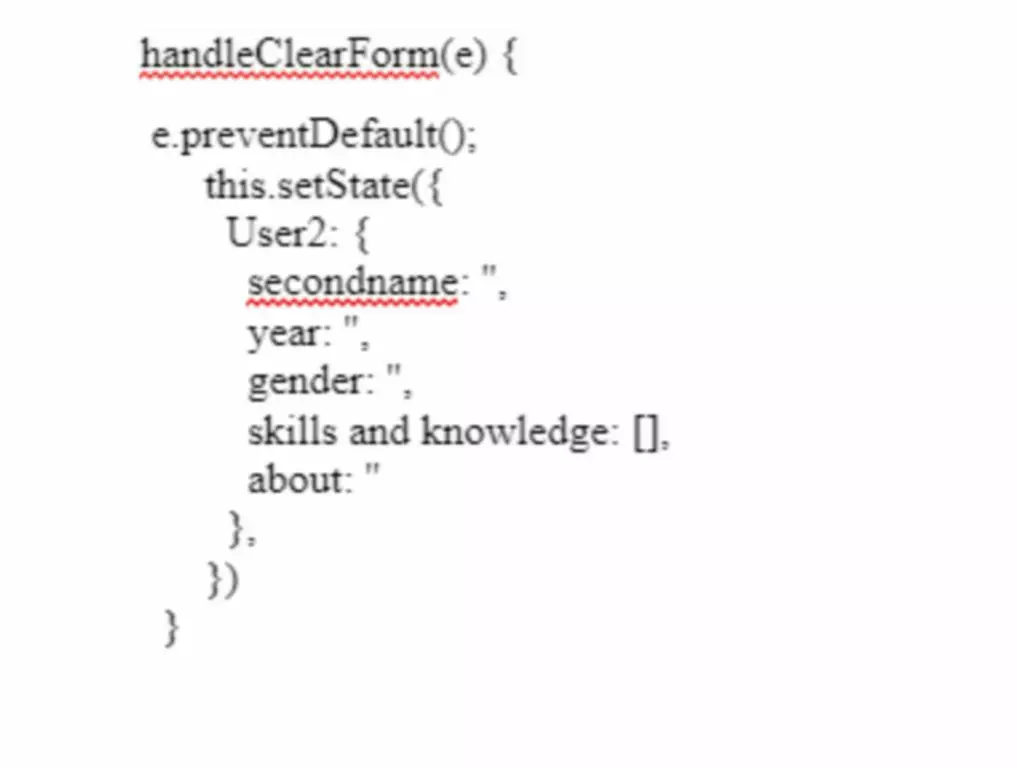: Tipobet İspanya Kaçak Bahis İmkanları | Türkçe
Tipobet İspanya Kaçak Bahis İmkanları Türkçe
Tipobet size İspanya’da kaçak bahis oynamak için bir fırsat sunuyor! İspanya’nın en popüler ve güvenilir bahis platformu olan tipobet ile heyecan dolu anlar yaşayabilir ve kazançlarınızı katlayabilirsiniz.
Plan: Tipobet İspanya: Kaçak Bahis İmkanları Türkçe
Tipobet İspanya, kaçak bahis imkanları sunan bir platformdur. Türkçe dil seçeneğiyle hizmet veren Tipobet, kullanıcılarına geniş bir bahis ve oyun yelpazesi sunmaktadır.
Bahis tutkunları için ideal olan Tipobet İspanya, güvenilir ve kaliteli hizmet anlayışını benimsemektedir. Türkçe dil seçeneği sayesinde, kullanıcılar Türkçe destek alabilecek ve sorunsuz bir bahis deneyimi yaşayabilecektir.
Tipobet İspanya, spor bahisleri, canlı bahisler, casino oyunları, canlı casino ve daha birçok farklı oyun seçeneği sunmaktadır. Kullanıcılar, istedikleri kategoride bahis yapabilir ve oyun oynayabilirler.
Tipobet İspanya ayrıca, yüksek oranları ve geniş bahis seçenekleriyle dikkat çekmektedir. Kullanıcılar, favori spor dallarında bahis yaparak heyecanlı anlar yaşayabilirler.
Tipobet İspanya’nın kullanıcılarına sağladığı avantajlardan biri de, hızlı ve kolay ödeme yöntemleridir. Kullanıcılar, güvenli ödeme seçenekleri ile hesaplarına para yatırabilir ve kazançlarını çekebilirler.
Tipobet İspanya, kullanıcı memnuniyetini ve güvenilirlik ilkesini ön planda tutmaktadır. Türkçe dil seçeneğiyle hizmet vermekte olan Tipobet İspanya, bahis tutkunlarına kaliteli bir bahis deneyimi sunmaktadır.
Tipobet İspanya: Kaçak Bahis İmkanları Türkçe
Tipobet İspanya, Türk oyunculara çeşitli kaçak bahis imkanları sunan bir bahis sitesidir. İspanya’nın önde gelen bahis şirketlerinden biri olan Tipobet, Türkçe dil desteği ile oyunculara eşsiz bir deneyim sunmaktadır.
Bahis severlerin güvenilir ve kaliteli bir platformda oyun oynamalarını sağlayan Tipobet İspanya, geniş bir spor bahisleri ve casino oyunları seçeneği sunmaktadır.
Tipobet İspanya, çeşitli spor dallarında bahis yapma imkanı sunmaktadır. Futbol, basketbol, tenis, voleybol gibi popüler spor dallarının yanı sıra, boks, kriket, hentbol gibi daha az bilinen sporlara da bahis yapabilirsiniz. Ayrıca canlı bahis seçeneği ile maçları izlerken anlık olarak bahis yapma avantajına da sahip olabilirsiniz.
Tipobet İspanya, aynı zamanda çeşitli casino oyunlarını da sunmaktadır. Slot makineleri, rulet, blackjack, poker gibi klasik casino oyunlarının yanı sıra, canlı krupiyeler eşliğinde oynayabileceğiniz canlı casino oyunları da mevcuttur. Bu sayede gerçek bir casinoda oyun oynama deneyimi yaşayabilirsiniz.
Tipobet İspanya, kullanıcılarına güvenli ve hızlı bir oyun ortamı sunmaktadır. Kişisel ve finansal bilgilerinizin gizliliği için en son teknolojileri kullanarak güvenlik önlemleri almaktadır. Ayrıca, 7/24 canlı destek hizmeti ile herhangi bir sorunuz olduğunda yardım alabilirsiniz.
Tipobet İspanya’ya üye olarak avantajlı bahis imkanlarından yararlanabilir ve heyecan dolu oyunlar oynayabilirsiniz.
Türkiye’de Kaçak Bahis Oynamak
Türkiye’de bahis oynamak için birçok yasal kumarhane ve bahis sitesi bulunmaktadır. Bununla birlikte, bazı bahis severler yasal sitelerin sınırlamalarından bıkmış olabilirler veya daha yüksek oranlar ve farklı bahis seçenekleri arayışındadırlar. Bu noktada, kaçak bahis siteleri devreye girer.
Kaçak bahis siteleri, Türkçe dil desteği, geniş bahis seçenekleri ve yüksek oranları ile dikkat çeken platformlardır. Bu siteler üzerinde spor bahisleri, canlı bahisler, casino oyunları ve daha birçok seçenek bulabilirsiniz. Ayrıca, çeşitli ödeme yöntemleri ile kolayca para yatırabilir ve çekebilirsiniz.
| Avantajlar |
Dezavantajlar |
- Yüksek oranlar
- Farklı bahis seçenekleri
- Türkçe dil desteği
- Kolay para yatırma ve çekme
|
- Yasadışı olması
- Sorun yaşanma ihtimali
- Yasal yaptırımlar
|
Türkiye’de kaçak bahis oynamak, yasal riskleri beraberinde getirebilir. Ancak, yüksek oranlar ve çeşitli bahis seçenekleri arayanlar için bu siteler iyi bir alternatif olabilir. Her zaman güvenilir ve lisanslı siteleri tercih etmek önemlidir.
Tipobet İspanya İle Avantajlar
Tipobet, İspanya’ya özel kaçak bahis imkanları sunmaktadır. İspanya’nın eşsiz spor kültürü ve tutkulu taraftarlarıyla tanışmak isteyen bahis severler için birçok avantaj sunuyoruz.
Geniş Spor Bahisleri Seçeneği: İspanya’nın en popüler spor dallarından futbol, basketbol, tenis ve daha fazlasına bahis yapma şansınız bulunmaktadır. İspanya’daki liglerden dünya çapındaki turnuvalara kadar birçok spor etkinliği için bahis yapabilirsiniz.
Yüksek Oranlar: İspanya’daki spor karşılaşmalarına özel olarak belirlenen yüksek oranlar sayesinde kazancınızı artırma fırsatına sahip olacaksınız. Uzman bahis analistlerimizin hazırladığı özel tahminlerle daha da kazançlı bir deneyim yaşayabilirsiniz.
Canlı Bahis İmkanı: İspanya’daki maçları canlı olarak izleyerek anlık bahis yapma imkanına sahip olabilirsiniz. Maçın gidişatına göre bahis seçeneklerinizi değerlendirerek heyecanınızı artırabilir ve kazancınızı maksimize edebilirsiniz.
Güvenli Ödeme Seçenekleri: Tipobet, İspanya’daki kullanıcılarının güvenliği ve memnuniyeti için çeşitli ödeme seçenekleri sunmaktadır. Kredi kartı, banka havalesi ve diğer elektronik ödeme yöntemleri arasından tercih yaparak kolayca para yatırabilir ve çekebilirsiniz.
Tipobet İspanya ile avantajları keşfedin ve heyecan dolu bir bahis deneyimi yaşayın!
Tipobet İspanya’nın Popüler Oyunları
Tipobet İspanya’da en popüler oyunları sunan bir bahis platformudur. İşte bu platformda oynayabileceğiniz bazı heyecan verici oyunlar:
1. Poker: Texas Hold’em, Omaha ve daha birçok çeşit poker oyununu Tipobet İspanya’da bulabilirsiniz. Dünya çapında takipçileri olan bu popüler oyunda strateji ve şansınızı test edebilirsiniz.
2. Rulet: Tipobet’in sunduğu rulet oyunları ile şansınızı deneyebilirsiniz. Klasik Avrupa ruleti, Amerikan ruleti ve daha fazlası seçenekleriniz arasında yer alıyor. Dönen tekerlek üzerindeki topun duracağı sayıyı tahmin edebilir ve büyük kazançlar elde edebilirsiniz.
3. Blackjack: Tipobet İspanya’da sahip olduğumuz blackjack oyunları ile krupiyeye karşı yarışabilirsiniz. Kartların toplam değerini 21’e yaklaştırarak veya 21’i geçmeden krupiyeyi yenip büyük paralar kazanabilirsiniz.
4. Slot Oyunları: Eğlenceli ve renkli slot makineleri Tipobet İspanya’da sizi bekliyor. Çeşitli temalara ve özel bonus özelliklerine sahip olan bu slot oyunları, heyecan verici bir oyun deneyimi sunar.
Tipobet İspanya’nın popüler oyunlarına katılarak adrenalin dolu bir eğlence yaşayabilirsiniz. Unutmayın, bahis oyunlarıyla ilgili olarak sorumlu bir şekilde oynamanız önemlidir. İyi eğlenceler!
Yüksek Kazanç İmkanı Sunan Müthiş Bahis Seçenekleri
Tipobet, İspanya’da hizmet veren güvenilir bir kaçak bahis platformudur. Yüksek kazanç imkanı sunan mükemmel bahis seçenekleri ile size heyecan verici bir oyun deneyimi sunar.
Tipobet, futbol, basketbol, tenis, voleybol, hentbol gibi birçok spor dalında binlerce maça bahis yapma imkanı sağlar. Canlı bahis seçenekleri sayesinde maçları izlerken bahis yapabilir ve anında sonuçları takip edebilirsiniz.
Ayrıca, Tipobet yüksek oranları ile size daha fazla kazanç fırsatı sunar. Hem popüler liglerde hem de daha az bilinen spor branşlarında yüksek oranlarla bahis yapabilirsiniz. Bu sayede kazançlarınızı artırabilir ve daha fazla kar elde edebilirsiniz.
Tipobet’in kullanıcı dostu ve güvenli bahis platformu, sizlere hızlı ve kolay bir şekilde bahis yapma imkanı sunar. Tek yapmanız gereken siteye üye olmak ve hesabınıza para yatırmaktır. Güvenli ödeme yöntemleri sayesinde işlemleriniz güvence altında olacaktır.
Tipobet tüm bahis severlere uygun bir seçenek sunar. İster spor bahisleri, ister canlı bahisler, ister casino oyunları oynamak isteyin, hepsi bu platformda bulunmaktadır. Siz de Tipobet’e üye olarak yüksek kazanç imkanlarından faydalanabilirsiniz.
Türkçe dil desteği sayesinde istediğiniz gibi rahatça bahis yapabilir ve herhangi bir sorun yaşamadan oyunlarınızı oynayabilirsiniz. Profesyonel müşteri hizmetleri ekibi de her daim sizinle iletişim kurmaya hazırdır.
Tipobet İspanya kaçak bahis imkanlarıyla yüksek kazançlar elde etme şansını yakalayın. Hemen üye olun ve heyecan dolu bir bahis deneyimi yaşayın!
Tipobet İspanya ile Çok Kazanmak
Tipobet, İspanya’da kaçak bahis imkanları ile birlikte size çok kazanma fırsatı sunar. Hem spor bahisleri hem de casino oyunları alanında geniş bir seçenek sunan Tipobet, yüzlerce farklı oyun ile heyecan dolu anlar yaşamanızı sağlar.
Tipobet İspanya’da faaliyet gösteren bir bahis sitesidir ve yasal mevzuatları gereF;ince yurtdışı bahis sitelerine erişim engellenmiştir. Bu nedenle Tipobet, üyelerine kaçak bahis imkanları sunarak, keyifli ve kazançlı bir bahis deneyimi yaşamalarına olanak tanır.
Tipobet İspanya ile bahis yapmak isteyenler öncelikle siteye üye olmalır. Üyelik işlemi hızlı ve kolay bir şekilde gerçekleştirilebilir. Daha sonra hesabınıza para yatırarak bahis yapmaya başlayabilirsiniz. Tipobet’te birbirinden farklı spor bahisleri, canlı bahisler, casino oyunları, slot makineleri ve daha fazlasıyla kazanma şansınızı artırabilirsiniz.
Tipobet İspanya ile çok kazanma fırsatı yakalamak için dikkat etmeniz gereken bazı noktalar da bulunuyor. İlk olarak, bahis yapacağınız spor dalı veya casino oyunu hakkında bilgi sahibi olmanız önemlidir. İstatistikleri takip ederek ve bilinçli kararlar alarak çok daha fazla kazanabilirsiniz.
- Canlı bahis imkanlarından yararlanabilirsiniz. Maçları canlı bir şekilde izleyerek anı yakalayabilir ve daha doğru tahminlerde bulunabilirsiniz.
- Birbirinden farklı spor branşlarına bahis yapabilirsiniz. Futbol, basketbol, tenis, voleybol, hentbol gibi birçok spor dalında kazanma şansınızı deneyebilirsiniz.
- Casino oyunlarında da şansınızı deneyebilirsiniz. Rulet, blackjack, poker gibi popüler casino oyunlarında dikkatli ve stratejik hamleler yaparak kazanç elde edebilirsiniz.
Tipobet İspanya kaçak bahis imkanları ile siz de keyifli ve kazançlı bir bahis deneyimi yaşayabilirsiniz. Hemen üye olun ve Tipobet’in sunduğu fırsatlarla çok daha fazla kazanmaya başlayın!








